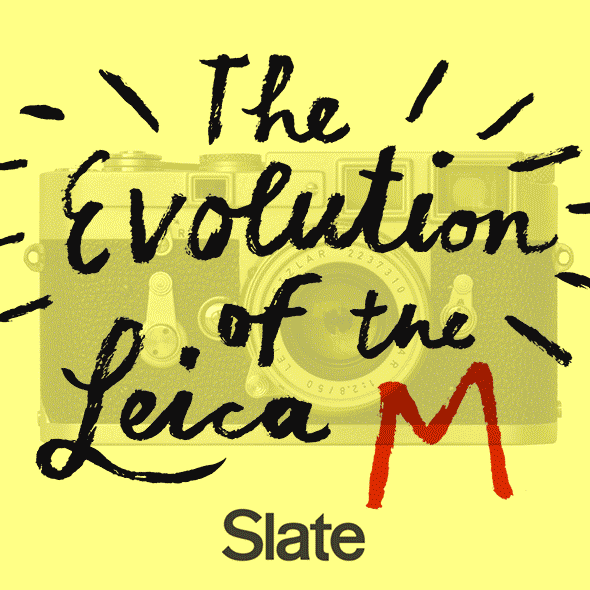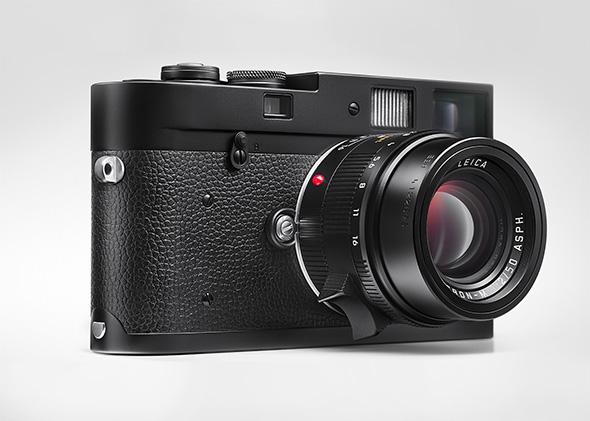On Wednesday, June 17, Future Tense—a partnership of Slate, New America, and Arizona State University—will host an evening event in Washington, D.C., on designing the 21st century. For more information and to RSVP, visit the New America website.
Thanks to increasingly low-cost microcontrollers, low-cost network connectivity, and low-cost digital displays, there seems to be an unspoken design requirement that says the future of everything is to become digital, with a touchscreen digital display and connected to the cloud. Woe be the product designer who suggests otherwise. In the future, it seems, we will interact with, capture, describe, and understand the world through digital screens.
But it’s worthwhile to consider the alternatives to purely digital devices. There are times when a modern, yet analog design makes better sense than a purely digital design—and it’s not just about looking retro. It’s about creating a hybrid design that draws the advantages of both the digital and analog contexts. These are broad terms, but you can think of “analog” to mean the representation of information in a continuum—think (if you’re old enough to remember) the analog and mechanical dialer on original telephones. Digital refers to the use of discrete states such as “on vs. off” or 10 versus 11, with nothing in between. Think of the buttons that you press to dial a number on your smart phone. The “5” either is pressed or is not; there is no 5.7. Now think about combining the tangible characteristics of analog—physically moving a mechanism—and modernizing it by introducing the advantages of digital technology: low-cost components, network connectivity, speedy algorithms. The result would be a revitalized analog experience motivated by the desire to learn from the past in order to make the present better. If such can be done without giving into nostalgia, the results can offer the best of both worlds.
The Nest thermostat is an example of a kind of hybrid digital-analog design architecture that is modern, smart, and connected—yet avoids the now-boring design trope of flat surface with touch interaction (think: your iPhone). The Nest is a smart home thermostat that learns your household’s behaviors and manages the heating and cooling of your home. In 2014, Google bought the Nest business for $3.2 billion suggesting that the data a world of Nests captures was worth that much to them, at least.

Composite image by Slate. Product photos via manufacturer.
In this context, what is most curious about the Nest is its industrial design, which avoids touch interaction. Nest effectively modernizes its ancestral device by adding digital smarts to a previously very analog device. Like the Honeywell Round, it has a bezel that turns. That—plus the digital display—is its primary mode of human interaction. The Nest is a simple industrial design and in includes tangible, physical interaction. Its rotating bezel requires a uniquely human skill—gripping and turning.
The Nest is an exemplar of a new modern design language—a set of principles, style, and schema that guide decision-making when turning an idea into its material form. Often design languages give a design its character and identify the design studio or even the entire company behind a product or service. The Nest’s design language appreciates materials, techniques, components, mechanisms, and design principles previously considered “old” and brings them into modern contexts.
This style—something old, something new—extends beyond the Nest. While these examples are not mass-market—yet—they represent a fringe of activity in which a mix of old and new are brought together.
For instance, Brian Vernor, a photographer and cinematographer, created a film whose texture has a ghostly, familiar quality to it for anyone whose family has a bin of old 8mm film. There’s a lovely contrast between the texture and the subject—grainy footage of modern cyclists without a hint of retroism.
Berg Studio created a modern and mechanical pixel information display system called Pixel Track. Pixel Track retains the smarts of a modern connected device that can be controlled via an app or other connected mechanism. But each pixel is a small square piece that has a neutral color on one side and a painted color on the other. A mechanical slide containing the smarts—a microprocessor and small armature—runs along a track toggling appropriate pixels on or off to create letters and then entire phrases. This sort of modern mechanical mechanism has many advantages—chief among them that it need not draw power all the time like typical LED or LCD displays.
Leica’s M-A—a brand new, modern camera—is mechanical, shoots film, and has no display. One may wonder why such a niche product was introduced in the modern age. By creating a hybrid analog-digital product, Leica draws from the refinement that it and photographers have evolved through the design of the M3 to the M-A from the early 1950s until the present. Over half a century, they have refined a kind of camera that perfects a way of shooting, holding, and handling for a particular kind of photography—inconspicuous, quiet, deliberate, with precious attention to making every shot count. It’s certainly the opposite of smartphones on selfie sticks.

Animation by Lisa Larson-Walker. Photos via Leica, Wikimedia and Flickr Creative Commons.
What are we to make of these examples? Why are analog, mechanical characteristics persisting in the age of the Internet? Could these examples be indicative of passionate enthusiasts nudging the course of innovation in their quest to create unique experiences that stand out from the mainstream? Why would Jack White of the White Stripes create a recording studio that presses direct to analog vinyl?
Maybe they reflect a desire to find alternatives to the cacophony of our digital lives. Or a recognition that pre-digital forms can be made modern without dispensing all of their analog characteristics. Whatever the motivation, it is clear that analog mechanics, representations, and processes continue despite the 20th century’s digital revolution.
